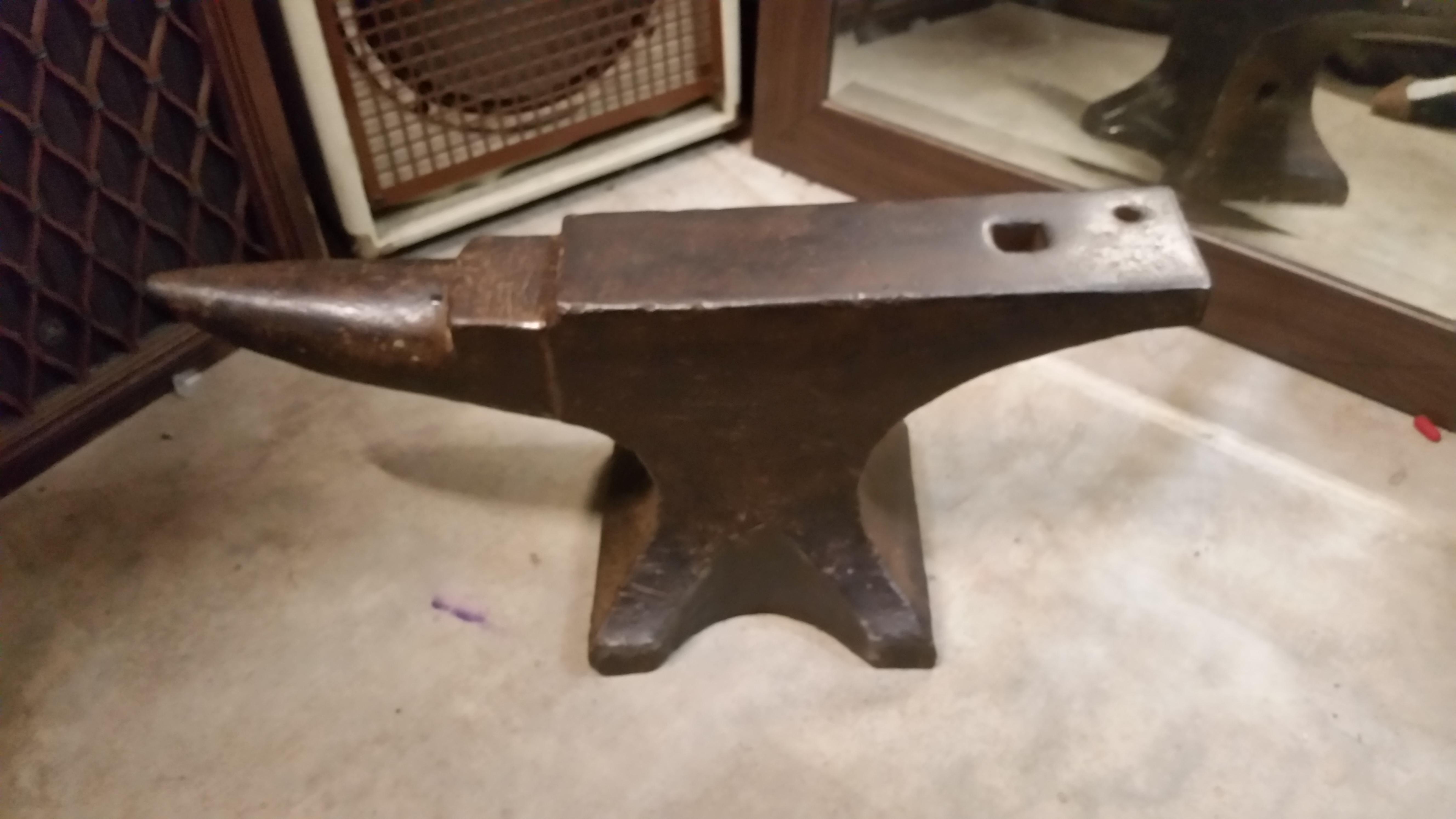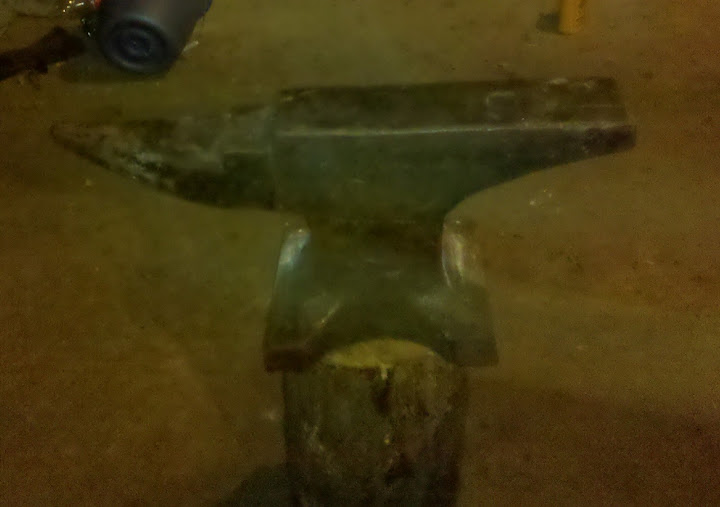
Anvil Brands! I would really like. But if you have a Hay Budden (Or many of these listed were made by Hay Budden) The serial number will give a good indication as. What exactly do you mean by IDing it? Most people mean they want to know the make but if you alr Andy know it is a Hay Budden that can't be it. With the serial number you gave I might be able to dig a date of manufacture out of Anvils in America but I don't remember if Hay Budden is a brand the. Hay Budden was in business approximately between 1890 and 1925. There's a book (Anvils in America by Richard Postman) that has a lot of info including serial numbers that might give you a more precise date. Supposedly the bases were serial numberd to match the anvils. Hay Budden is generaly regarded as one of the best anvils made. The size and condition of yours makes it rather desireable to the blacksmithing comunity. Value varies widely with location. Areas that settled early have lots of old anvils in barns and dont bring as much money.
I recently came across a Hay-Budden blacksmithing anvil. I believe it's ~150 pounds.
Hay Budden Anvil Serial Numbers
Anvils in America doesn't allow you to lookup weight by serial number. However, for Hay Budden anvils they do have a list of sizes/weights where if you had the face dimensions, horn length, pritchel diameter, and hardie dimensions, then I would be able to lookup the weight based on those numbers.
- May 21, 2019 Serial number is 1602. B and 22 could be anything, such as hay budden serial numbers batch number, inspector mark or anvil crew identification. To download HAY BUDDEN SERIAL NUMBERS, click on the Download button. I will eventually build a forge with a firepot, it's hard to get a deep budven with a rivet forge. Some Trenton anvils also have an A in front of the serial number. Cutter, you got a good deal.
- Under the letters are the numbers 210 which could represent a serial number. The anvil is a HAY BUDDEN. Is a serial number.
(There's a 1 -space- 52 stamped on the right side under the company name, etc.) Can someone please post a (complete) range of Hay-Budden serial numbers vs. Manufacturing dates? I see several topics asking for the age of a particular serial number anvil, and thought this would be a good place for people to reference if someone has that information handy. I assume Anvils in America has that information available. If someone has a copy that they could look up that information, that would be great. I will post pictures of my anvil as soon as I remove some of the rust.
Thanks in advance! That makes sense to me, guys. I took photos of the anvil, and can now make out the serial number. It is either 38469 or 39469. Hopefully, someone can tell me what year this was manufactured. This is the only anvil I've ever owned, and I'll probably sell/trade in the future.
Anvils In America By Richard Postman
Hay Budden Anvil Serial Numbers
I have no idea what it's worth, but I don't want someone to take advantage of my lack of knowledge. I did know enough to know that antique anvils are sought after. Any recommendations on how to properly clean it up without decreasing its value? Wire brush and oil?
Pressure washer? It looks like it was rode hard and put away wet, but it is ~100 years old. Thanks for any information you can provide on this anvil. Hay-Burden Anvil, S/N 38469 (or 39469). 37,000 - 42,000 is listed as being 1898 In reality anvils are not considered *old* till they date earlier than 1800; then they get a premium for age.

The reason 'non-modern' anvils are sought after is they are often well made compared to many 'Anvil Shaped Objects' for sale in recent times. They are also much cheaper than the 'good' modern anvils usually at least 1/2 the price of the same size 'good' modern one. Location pays a part too; anvils where I live now are 50-100% higher priced than where I used to live.
Hay Budden Weight
Removal of loose rust and oiling/waxing/linseed oiling. Is generally considered OK PAINTING is NOT---As painting is sometimes used to hide flaws I discount the price of a painted anvil to reflect the risk. Grinding or milling the face is a bad thing to do I generally will not buy an anvil that has had this done to it as it has the capability of destroying it's usability or at least cutting the use life WAY WAY down. I'm more interested in using anvils and so the brand and condition is important to me and not the age! I'd rather have one in great condition that is 'recent' than one in poorer condition that was decades earlier.